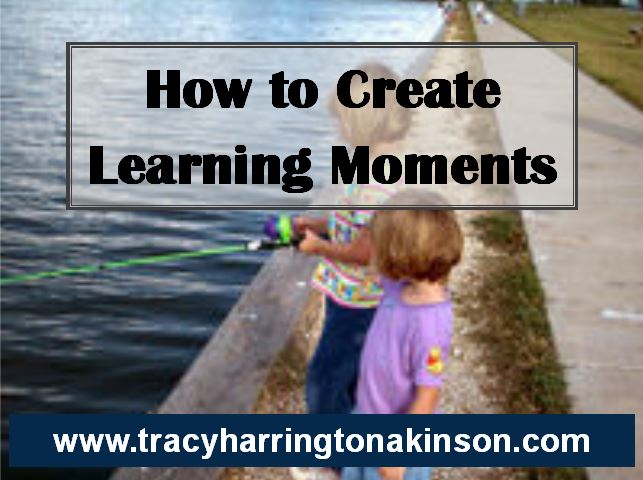 Learning comes in the everyday moments which need to be created through an inviting atmosphere. Malcolm Knowles (1975) called this a warm, learning environment which consists of a mutual respect between learners and between the learners and the educator. Participants are actively involved in the learning process and their contributions are welcomed. There is creative and no judgement. This environment is based on a mutual relationship of trust. Students feel satisfied with their learning process and they are excited to contribute and encouraged to share their failures as continual learning opportunities.
Learning comes in the everyday moments which need to be created through an inviting atmosphere. Malcolm Knowles (1975) called this a warm, learning environment which consists of a mutual respect between learners and between the learners and the educator. Participants are actively involved in the learning process and their contributions are welcomed. There is creative and no judgement. This environment is based on a mutual relationship of trust. Students feel satisfied with their learning process and they are excited to contribute and encouraged to share their failures as continual learning opportunities.
Does this sound like a large task list? It is!
A positive learning environment within the classroom has some additional aspects such as personalization or permitting the student to create a learning space which works for them. At home, this can also be accomplished. My children have their personal learning space. They have a desk that they have decorated and covered with items that help them. One of my sons uses a Lego creation as a paper weight. My daughter has a huge pin board in front of her desk. The point is simply to make it their own.
Make sure your students/child is involved in learning opportunities. I frequently find that learning becomes task oriented. It should be joyful and fun -not merely another item to check off of their responsibilities. Let them understand the purpose behind learning experiences and especially assignments.
My favorite way to provide an inviting learning climate is through individualization. Let the student/child participate in the learning design. There is nothing more interesting to a learner than putting together a personal learning plan. Maryellen Weimer (2002) has written a marvelous guide on how to create a learner centered teaching opportunity. Although written for classroom teachers and educators, there is a wealth of information that can easily be used within a home. I know I have used many of her ideas in my home with my children. Many times, I’ve even tried something out on my children before introducing them to my students.
The biggest point in creating a warm learning environment is to move forward by making one small change. Remember that creating this foundation is a learning process where you will experience many ups and downs. You will also have a learning experience in the best way to implement these strategies, especially in individualizing them for students. Keep a learning journal, making notations of your observations and what you have tried. Share this journal with your students so they recognize that you are also on a learning journey.
Sources:
Knowles, M. (1975). Self-directed learning: a guide for learners and teachers. Parsippany, New Jersey: Globe Fearon Press.
Weimer, M. (2002). Learner centered teaching: five key changes to practice. San Francisco, California: Jossey Bass.
By Tracy Harrington-Atkinson
Tracy Harrington-Atkinson, mother of six, lives in the Midwest with her husband. She is a teacher, having taught elementary school to higher education, holding degrees in elementary education, a master’s in higher education and continued on to a PhD in curriculum design. She has published several titles, including Calais: The Annals of the Hidden, Lemosa: The Annals of the Hidden, Book Two, Rachel’s 8 and Securing Your Tent. She is currently working on a non-fiction text exploring the attributes of self-directed learners: The Five Characteristics of Self-directed Learners.

Comments are closed